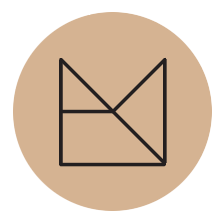One aspect that is fundamental for our process is to continually improve the workflow. Since this is a space for exploration and sharing, I would like to comment on a recent discovery in my learning path on illustration. As an extension of my interest in drawing, I have been immersing in digital paint and I know some of you that are on this journey too, so I wanted to communicate a find I have found very useful for myself.
As I have mentioned before, artists like filmmaker Kirby Ferguson consider one of the basic elements of creativity is copying and naturally, this happens with drawing as well. Even though you are not going to create an exact copy of another image (or perhaps you want to as a practice), it is natural to the process to create from existing references.
Precisely, one of my top recent discoveries was an awesome tool for reference materials: PureRef.
This was just to cool to keep to myself!










